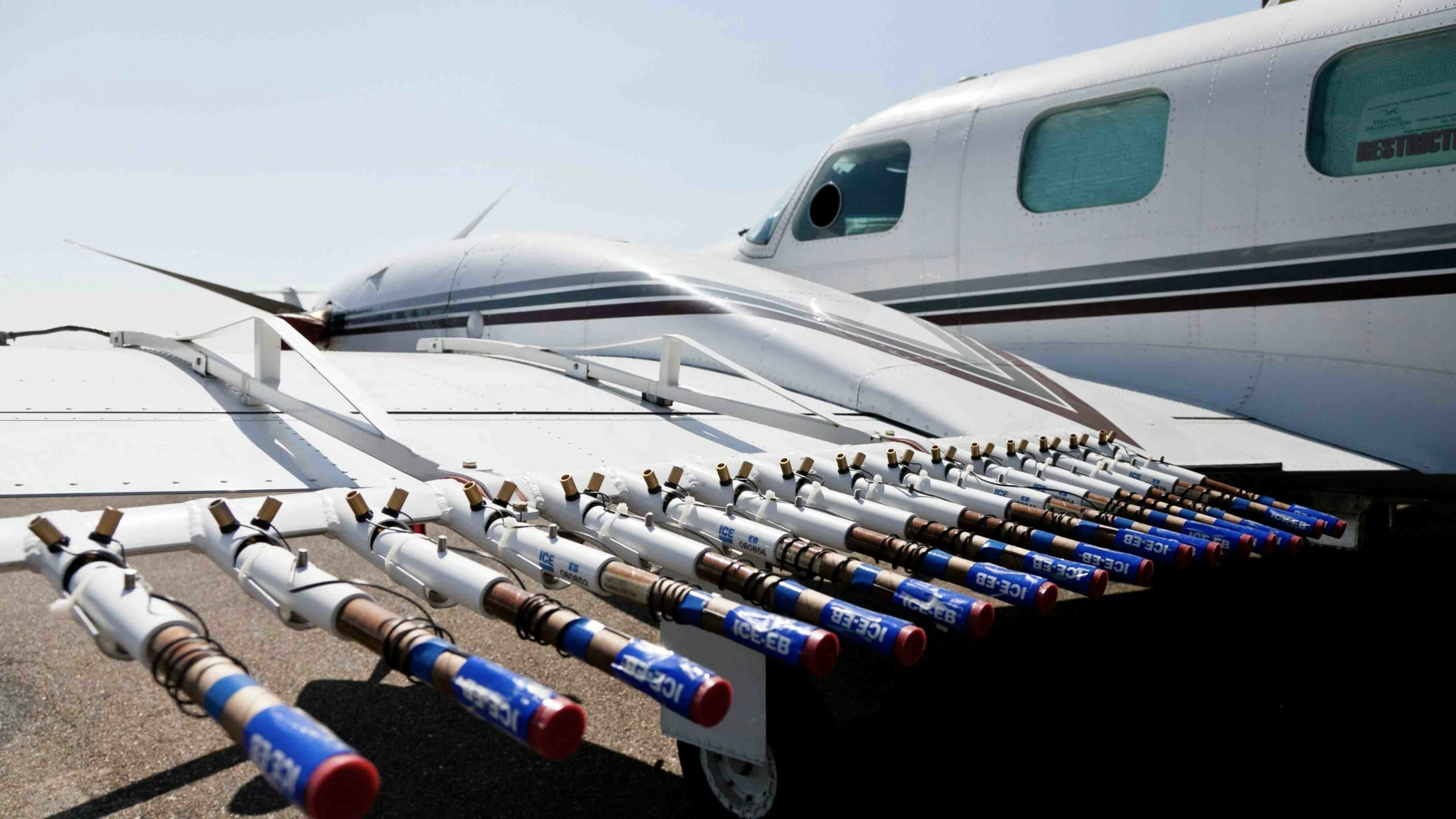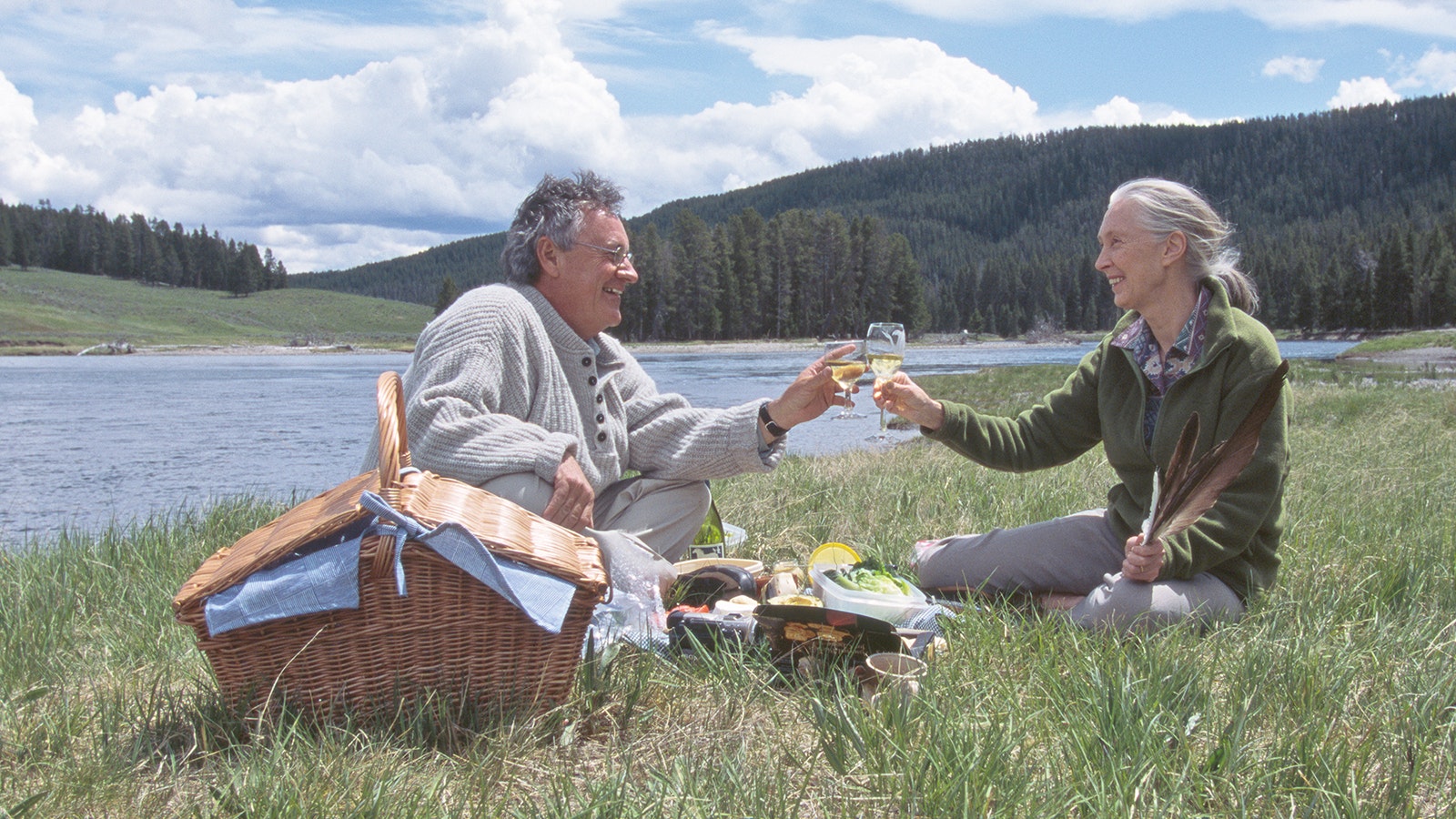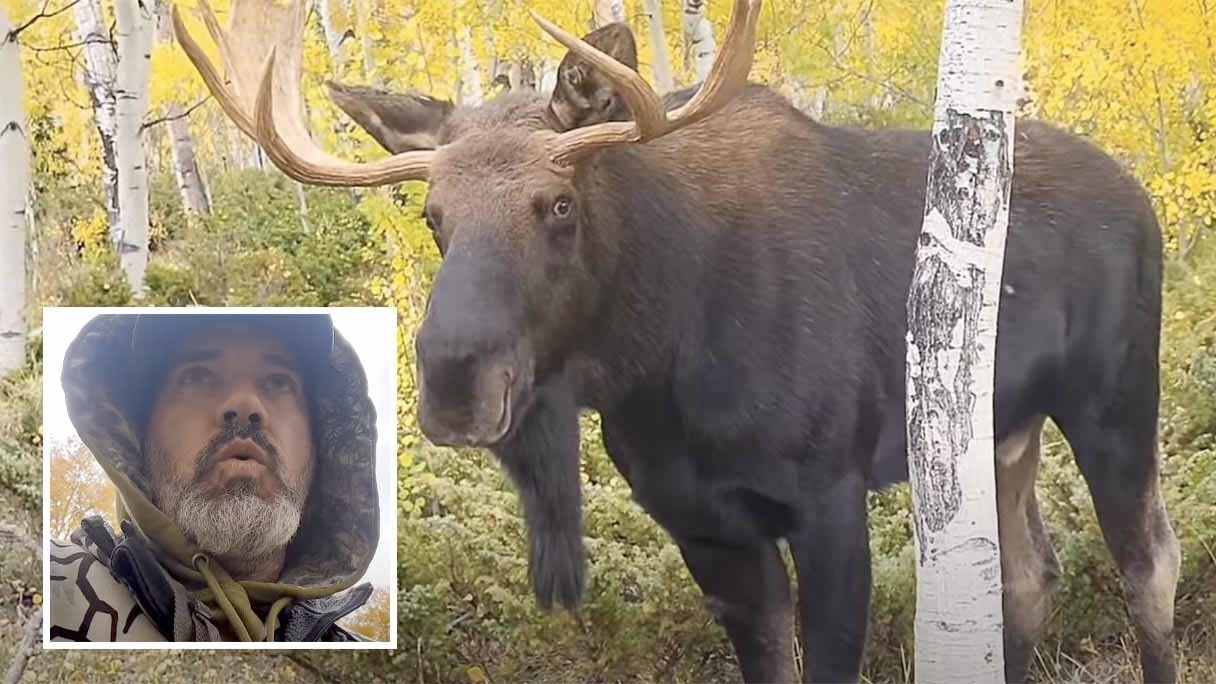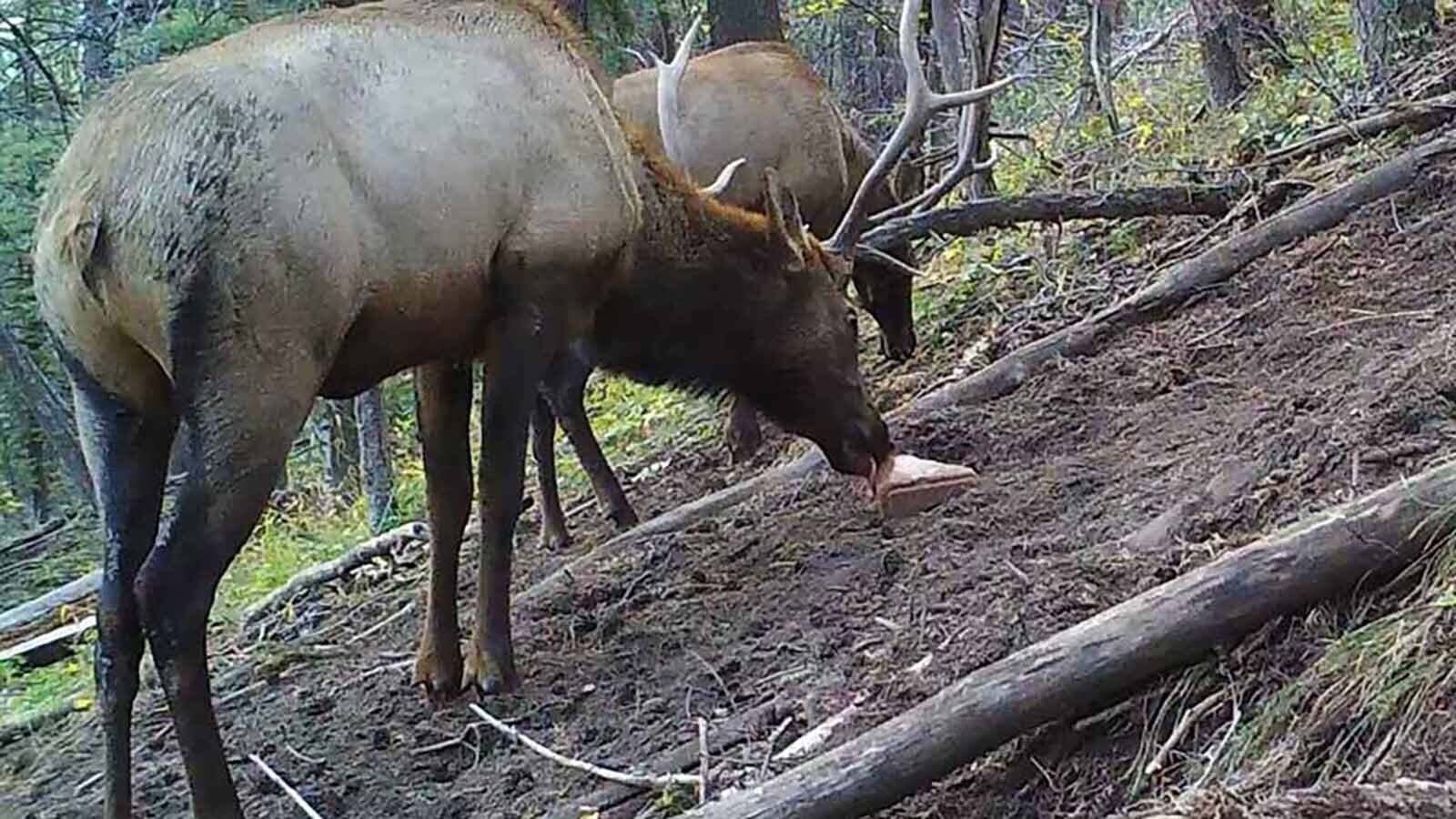Wyoming uses cloud seeding as an environmentally friendly way to squeeze a little more snow from clouds, boosting annual snowpack. That feeds a little more water into its reservoirs to supply both cities and agriculture.
But, if this technique is truly effective, why isn’t it being used to help fight wildfires?
With almost a million acres of land burned up in Wyoming this year by wildfire, it’s a question Wyomingites are asking from quite a few online social media street corners like Facebook and Twitter.
But, in the case of cloud seeding and wildfire, it’s really down to the science, and what cloud seeding is — or, in the case of wildfires, what it is not.
“One very important thing to know about cloud seeding is that for it to even have a chance, first of all you’d need a cloud,” Cowboy State Daily meteorologist Don Day said. “You can argue about whether cloud seeding is going to help a lot, or a little, or not at all, but it only works when it’s going to rain anyway.”
Cloud Seeding Can’t Conjure Clouds
Wyoming’s wildfires have been caused in large part by a lack of clouds to produce rain in the first place.
And that’s the primary reason why cloud seeding is ineffective when it comes to fighting wildfires. The technique might be able to squeeze incrementally more moisture from a cloud.
But it cannot conjure the rain clouds in the first place.
It only works when there is an existing cloud, one that already has some moisture in it.
Then it can be effective in triggering a cloud to release its moisture. There’s also some evidence that cloud seeding methods may wring just a little bit more water from the cloud than it would have released on its own.
But it cannot create moisture from thin air. It’s not going to work where it’s been dry as a bone for weeks on end.
“If you have clear skies and high pressure, you can’t just go up and throw out some silver iodide and expect it to work,” Day said. “That’s just not how cloud seeding works.”
The Life Of An Ice Angel
Most rain actually starts life in the upper atmosphere, where things are quite cold — far colder than the 32 degrees that’s considered the freezing point of water.
“When liquid water is in the form of small droplets that are smaller than a millimeter, much smaller than a millimeter, it’s actually difficult to freeze those droplets,” University of Wyoming atmospheric scientist Jeff French told Cowboy State Daily. “Sometimes those droplets will remain liquid to temperatures down to 15 degrees Fahrenheit or 10 degrees Fahrenheit before they freeze.”
These little ice angels of super-cooled water are content to float in the heavens forever, with no thought of falling to earth at all.
In fact, if they don’t start freezing and clumping together, they’ll just stay that way until the clouds dissipate, with no rain or snow falling at all.
It’s in those cases where scientists believe substances like silver iodide can be the hat trick of the party, helping all the little ice angels get over their social anxiety and freeze already, so they can start clumping together and falling from the heavens to earth.
If it’s warm, they melt and become rain. If it’s cold, they stay frozen and become snowflakes — or maybe sleet or hail, depending on how the little freezing party got started in the first place.
“But if it’s cold and a cloud already has plenty of natural ice in it, cloud seeding at that point isn’t effective,” French said. “Or if a cloud is really warm, no matter what you add to it, it’s not going to promote freezing. So, there’s kind of a little sweet spot in there.”
Further defining the sweet spot conditions where cloud seeding can help is the subject of French’s research, and it’s something he’s been studying for decades.
“In the conditions where cloud seeding really, really works, we have a pretty good handle on it,” he said. “And in the conditions where it’s not going to make any impact at all, we have a pretty good handle on it. But there’s a lot of area between those two, right, that we need to better understand.”
How Effective Is Still Being Debated
The jury is still out on whether and to what extent cloud seeding works. There’s actually a huge scientific debate about how effective cloud seeding is, and whether it’s worth the expense.
The problem, Day told Cowboy State Daily, is quantifying results in a way that can be replicated.
The evidence might suggest there is incrementally more rain or snow falling as a result of seeding an existing cloud, but without a control storm that replicates the seeded storm exactly, there’s no way to compare the results and know for sure just how big a difference the technique made.
French, on the other hand, believes that it does work in the right conditions, and can add as much as 10% over the course of a season to snowpack. The key, in his opinion, is to study a particular area to understand its weather pattern. Then figure out where there are opportunities to the existing rain or snowfall pattern.
“Even in the best circumstances, it’s not going to produce a lot more precipitation,” he said. “Maybe it’s somewhere on the order of 5% or 10% more precipitation.”
That may not seem like a lot, but over the course of an entire season, that starts to add up.
“If you’re talking about a place in a mountain that gets 200 inches of snow, or 300 inches of snow, getting another 10% of that is another 30 inches of snow,” he said. “If you integrate that over an entire mountain range, over an entire season, it makes a difference. Now it’s not going from seeing a drought to having plenty of water. But it’s adding another 5% or 7% of water to what’s available.”
Wildfires Weather Not Conducive To Cloud Seeding
All that said, French doesn’t believe that cloud seeding will ever progress to the point where it’s beneficial for fighting wildfires.
For one, its effectiveness depends on studying an area’s specific weather patterns to craft a cloud-seeding plan that’s going to make a difference. That can’t be done Johnny-on-the-spot. It takes months to compile that information and involves setting up ground cannons for cloud seeding and testing of results.
Silver iodide could be flown into clouds with airplanes instead of coming from ground-based equipment, French acknowledged, but an airplane can only operate for an hour or two at a time. That limits the effectiveness of such a campaign, as compared to ground cannons. It also greatly adds to its expense.
Additionally, wildfires, are popping up in areas where the whole problem is that there haven’t been any rain clouds to work with, which means there’s likely nothing to seed anyway.
“If there were rain in those locations, they wouldn’t be having such big wildfires,” French said.
Wildfires Are Their Own Wild Card
In the case of isolated rain events, such as the one that happened last weekend over the Elk and Pack Trial fires, the amount of rain to be had is minimal. Cloud seeding does its work over a span of time, like an entire winter season.
“As an example, if a cloud is going to drop 2 inches of snow and you seed it, it may drop 2.2 inches,” he said, outlining a best-case 10% increment added. “That additional point two inches of snow isn’t going to make much difference when you’re talking about battling a wildfire.”
The other problem that would have to be overcome is the fire itself, which could be changing the character of things quite a bit by pumping its own particles into the atmosphere.
That means additional cloud seeding might not add anything beneficial. In fact, it might have an opposite effect. If there are too many particles, nothing ever aggregates to a point that it’s heavy enough to fall.
“The clouds also might not be in the right temperature regime, and they may not have the right character,” he said. “All of these factors have to come into play when you evaluate the effectiveness of cloud seeding or whether cloud seeding would be effective to produce more precipitation.”
Renée Jean can be reached at renee@cowboystatedaily.com.
















